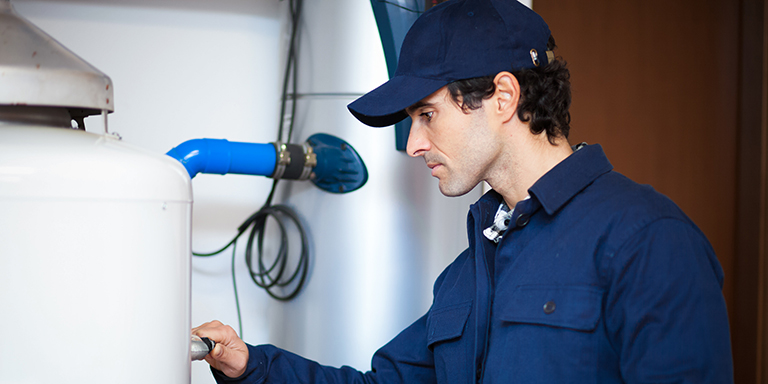As a homeowner, one of your major concerns is keeping your home running efficiently while also keeping your utility bills under control. One area that often goes overlooked is the temperature setting of your hot water heater. According to the U.S. Department of Energy, water heating makes up about 18% of your home’s energy usage. So, it’s important to ensure that you have the right temperature setting for your hot water heater without wasting energy or risking plumbing issues. In this blog post, we will explore what temperature your hot water heater should be set at to maximize efficiency and safety.
What is the Default Setting?
The default setting for a hot water heater is usually 140°F, but this is often too high for most households. A temperature between 120°F and 130°F is generally recommended as a safe and efficient range. Lowering the temperature can provide multiple benefits, such as reducing mineral buildup in your pipes and extending the lifespan of your water heater. Also, the lower the temperature, the less likely you are to suffer a scalding burn in the shower or sink.
Risks of Lowering the Temperature Too Much
Bacterial growth can be a concern if you lower the temperature too much. According to the CDC, the bacteria that cause Legionnaires’ disease, for example, thrive in temperatures between 77°F and 113°F. Therefore, you should avoid setting your hot water heater below 120°F. Setting your water heater thermostat between 120°F and 130°F will also provide adequate heat to kill odor-causing bacteria such as mold and mildew without increasing the risk of scalding burns or bacterial growth.
Factors That Affect Hot Water Temperature Setting
If you have a dishwasher or washing machine, the ideal temperature range may vary. You may need hotter water to sanitize dishes or laundry. In such cases, it’s best to check your appliance’s manual for guidance on the proper water temperature. Some dishwashers and washing machines have built-in heating elements to increase the temperature of the water as needed. If you need water hotter than 130°F, you should increase the water-heater temperature only for the period when the appliance is running, rather than maximizing the temperature produced by the heater all day long.
Energy Efficiency
There are many benefits to using less hot water, including helping the environment and reducing your energy costs. You can save energy by taking shorter showers and turning off the tap while brushing your teeth or washing dishes. Additionally, you should make sure that your hot water heater is properly insulated to reduce heat loss.
An ENERGY STAR-qualified heat pump water heater is one of the most efficient water heaters you can buy. That means lower operating costs – and lower monthly electric bills. In fact, most households are able to cut their water heating costs in half. Heat pump water heaters also require less maintenance than conventional water heaters, making them a great long-term investment.
Tankless Water Heaters
A tankless water heater is another energy-efficient option. These heaters warm water as it’s used, so you never run out of hot water and no energy is wasted heating up an entire tank. Tankless water heaters can provide a continuous supply of hot water on demand and may reduce your monthly bill substantially depending on the amount of hot water you use.
Water Heater Efficiency
Finding the perfect temperature for your hot water heater is essential for maintaining and keeping your home running efficiently. Setting your hot water heater’s temperature between 120°F and 130°F is an eco-friendly and economical option for most households. Take your time to consider your hot water usage, and if you have any questions or concerns, don’t hesitate to contact an experienced plumber like Bodenheimer Plumbing Services. Your hot water will flow just right, and you’ll rest easy knowing that your water heater is set up the right way to meet your household’s needs!


